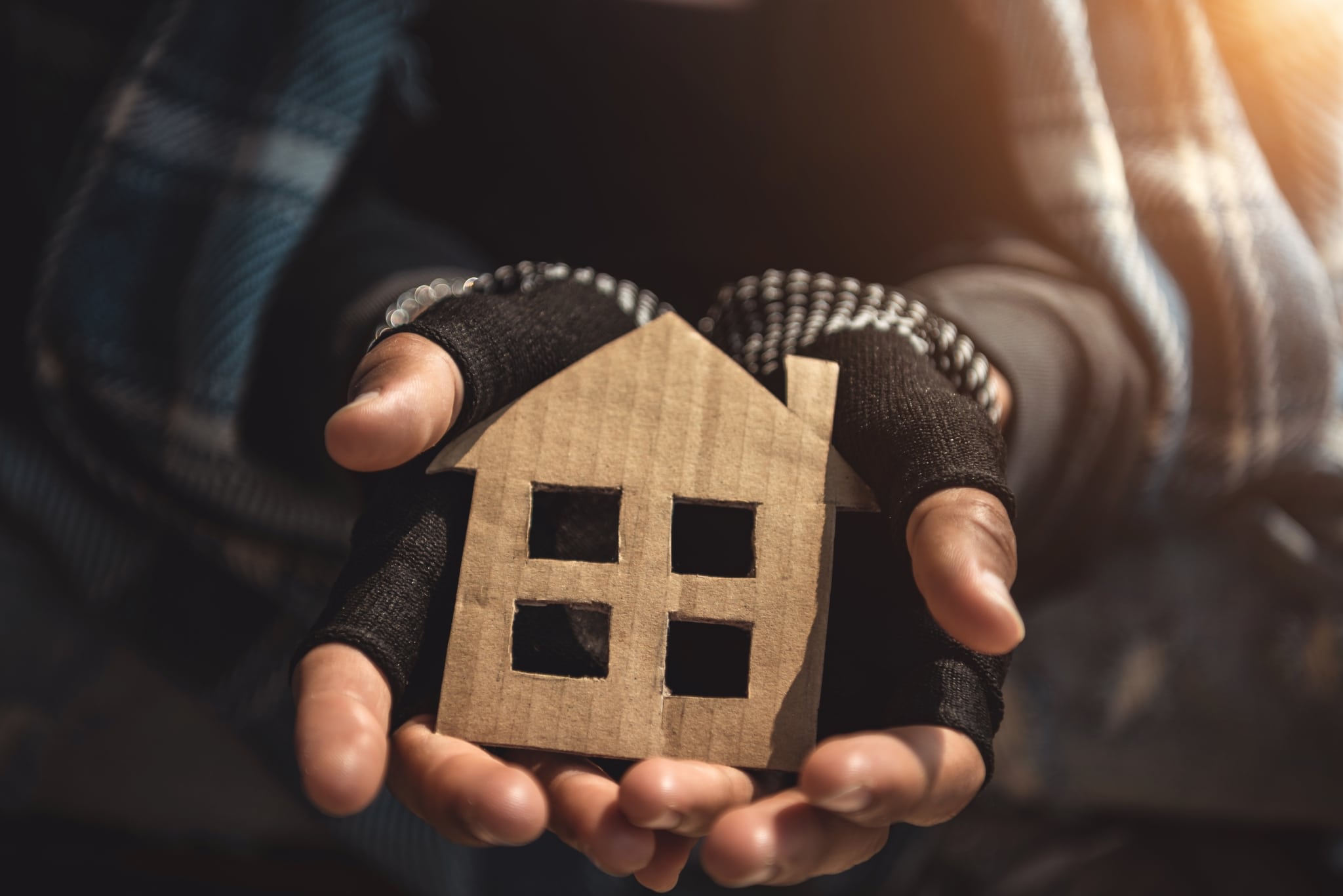At times the struggle against homelessness can make one feel like Sisyphus, invariably trudging uphill against a seemingly endless situation. On any journey, it’s helpful to stop every so often, observe our surroundings and look behind to wonder at the progress made. These pauses may serve to both encourage and give a sense of satisfaction at how far we’ve progressed, and the beauty of the work already done.
Current State of the Nation
According to the US Interagency Council on Homelessness (USICH) 2020 data, there are roughly 580,000 people experiencing homelessness in the United States. This is down about 10% from 650,000 in 2010, while the overall population increased by nearly 23%.
- Approximately 70% were individuals, the remaining 30% were families with children.
- 19% are experiencing chronic homelessness –
- They often have disabilities and have endured homelessness for a total of at least a year over at least four periods in the last three years, or
- Have been homeless continually for at least a year.
- The number of sheltered individuals stayed the same from 2019, but the number of unsheltered increased by 7%.
- Nearly 6% were unaccompanied youth under the age of 25, and 90% of those were between 18 and 24 years old.
- 8% were Veterans
- Nearly all were individuals and 27% had indications of chronic homelessness.
- It’s estimated that 25% of people experiencing homelessness are employed.
Approaches to Reach Zero Homelessness
One way that many metropolitan areas have historically worked with the homeless population has been through the construction of homeless shelters. While this may be a viable temporary solution to shelter those enduring homelessness, it is only a stop on a journey to a new beginning.
According to the Coalition for The Homeless, solutions based on housing are some of the most effective in reducing homelessness. There are many federal, state, and local agencies in place to assist individuals and families with housing. There are a few challenges with some housing assistance programs that may require delicate negotiation such as:
- Special requirements for assistance such as unemployment or sobriety
- Complex eligibility such as the intersection of Section 8, Tax Credit, and UDSA Rural Development projects
- Childcare difficulties
Some of the more successful programs designed to reduce homelessness are based on supporting individuals and families in their struggles.
- Housing vouchers such as Section 8 vouchers offer some flexibility and afford individuals more of a choice and result in greater stability.
- “Housing First” models move individuals experiencing long-term homelessness into subsidized housing and connect them to support services. These individuals have been shown to enjoy improved health and remain stably housed for longer periods.
- Permanent supportive housing for persons with mental illness or serious health problems combines housing assistance with vital support services.
Making Progress Towards a New Beginning
The journey to a society with zero homelessness is a long and difficult one, but as John Heywood said, “Many hands make light work.” Life Startup Essentials is here to help with making that work lighter by providing starter kits for new homes.
These starter kits are available to both social service agencies as well as individuals needing to furnish a new living space with household goods. Learn more about our available pre-built kits or customize your own by contacting Life Startup Essentials today!


